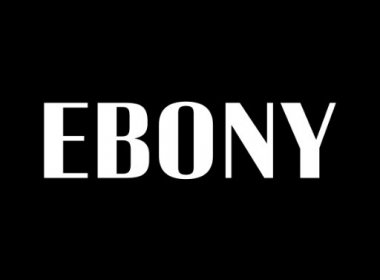In times of economic adversity, the prospect of bankruptcy often emerges as a potential avenue for individuals and businesses seeking a path to financial recovery. A legal recourse, bankruptcy serves as a mechanism offering debtors relief through the restructuring or elimination of financial obligations. It’s imperative to recognize that bankruptcy is not a one-size-fits-all solution; instead, it comprises a spectrum of options, each uniquely suited to different circumstances. In this exploration, we will navigate through the diverse landscape of bankruptcy choices available to both individuals and businesses, shedding light on the distinctive features and applications of Chapter 7, Chapter 13, Chapter 11, Chapter 12, and Chapter 9 bankruptcies. Understanding these variations is pivotal for those facing financial challenges, providing insight into tailored solutions that can pave the way toward a more stable economic future.
Chapter 7 bankruptcy: A fresh start
Commonly known as “liquidation” bankruptcy, Chapter 7 is designed to help individuals and businesses with minimal assets and overwhelming debt. In this process, a trustee is appointed to sell non-exempt assets to repay creditors, and any remaining eligible debts are discharged. Chapter 7 provides a relatively quick resolution, usually within a few months, and offers individuals a fresh financial start.
Chapter 13 bankruptcy: Repayment with a plan
Chapter 13 bankruptcy is often referred to as the “wage earner’s plan.” It is suitable for individuals with a regular income who want to develop a repayment plan to settle their debts. Instead of selling assets, the debtor proposes a three to five-year plan to repay creditors. This allows individuals to keep their property while restructuring their debts. Chapter 13 is particularly beneficial for those facing foreclosure or seeking to catch up on missed mortgage payments.
Chapter 11 bankruptcy: Reorganization for businesses
Primarily designed for businesses, Chapter 11 bankruptcy allows companies to continue operations while reorganizing their finances. Businesses can propose a plan to restructure their debts, renegotiate contracts, and improve profitability. This form of bankruptcy is complex and often expensive, making it more suitable for larger corporations. However, some individuals with substantial debts may also opt for Chapter 11 if they exceed the debt limits of Chapter 13.
Chapter 12 bankruptcy: Tailored for farmers and fishermen
Chapter 12 is specifically tailored for family farmers and fishermen facing financial challenges. This type of bankruptcy provides a structured repayment plan, allowing these individuals to keep their assets and continue their operations. With a more lenient and flexible approach compared to Chapter 11, Chapter 12 takes into account the seasonal nature of agricultural and fishing incomes.
Chapter 9 bankruptcy: Municipalities seeking relief
Chapter 9 bankruptcy is exclusively for municipalities, such as cities, towns, and school districts, facing insurmountable debts. Unlike other bankruptcy types, Chapter 9 focuses on creating a plan to restructure debts rather than liquidate assets. This allows local governments to continue providing essential services while addressing their financial obligations.
Navigating the intricate terrain of financial challenges demands a nuanced understanding of the diverse bankruptcy options available. Whether one is striving for a rejuvenating fresh start, endeavoring to strategically reorganize debts, or aiming to safeguard valuable assets, there exists a tailored bankruptcy solution for every unique situation. However, the journey through the realm of bankruptcy is not a solo venture. Seeking the counsel of a qualified bankruptcy attorney becomes paramount, as their expertise guides individuals and businesses in determining the most fitting path forward. The complex legal processes entwined with each type of bankruptcy necessitate professional insight to navigate effectively.
It’s crucial to underscore that bankruptcy is far from a one-size-fits-all remedy. Instead, it is an assortment of strategic approaches, each designed to address specific financial circumstances. By choosing the right approach in consultation with a seasoned attorney, individuals and businesses can lay the groundwork for a more secure and stable financial future. Remember, in the realm of bankruptcy, informed decisions pave the way for a fresh start and renewed financial stability.
This story was created using AI technology.







